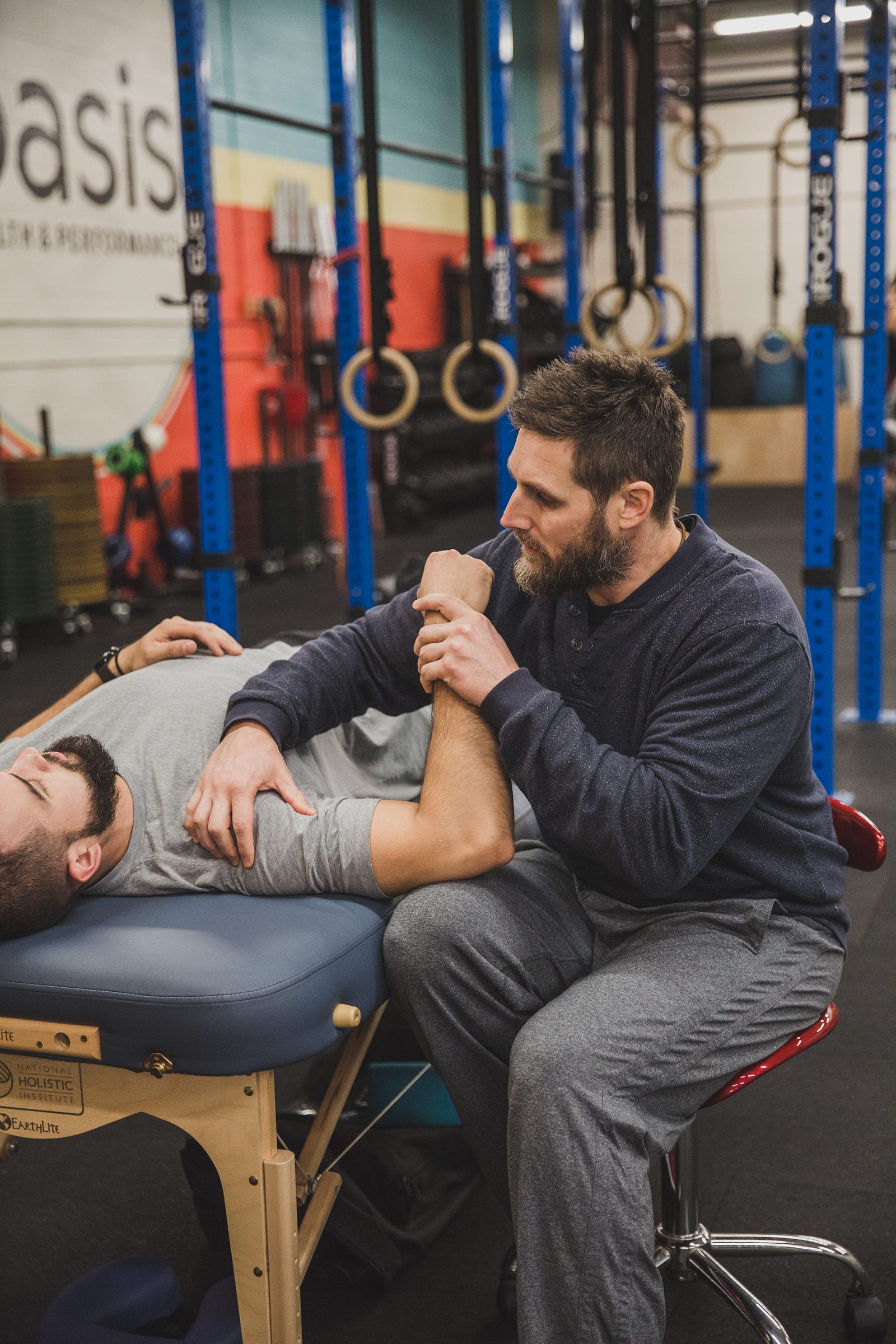Wildland Firefighter Performance Training - Hotshots & Smokejumpers

Wildland Firefighter Performance Training — Hotshots & Smokejumpers
With fire season having recently ended, I wanted to showcase an underappreciated group of individuals. A special forces team of first responders — Hotshots.
Hotshot is a Skill or Sport
If an individual wants to be a wildland firefighter or Hotshot for short, he or she needs to be trained toward the specific demands of the environment they will be facing during fire season. Wildland firefighters are athletes in their own regard and need to be doing the training that reflects the appropriate skills needed to achieve elite-level wildland firefighting.
The skill of being or becoming a Hotshot is determined by a multi-faceted training approach. Hotshots must possess a certain amount of absolute strength, strength endurance, relative strength, have a huge cardio capacity, and iron-clad mental fortitude. And on top of all this, Hotshots must also possess fundamental joint function in the shoulders, spine, hips, knees, and ankles. The strengths and qualities required of the individual need to also be trained at the joint and connective tissue levels if elite performance is to be obtained throughout a fire season or career. This involves a synergistic training approach.
Hotshots are not necessarily strength athletes or CrossFit athletes either. Meaning, at a fundamental level, their job doesn’t depend on maximal strength or a WOD. The weakest firefighter may also be the crew’s best wildland firefighter. Further, CrossFit is a sport, and as popular as it is for firefighter communities to do CrossFit, it is not training specifically for the skill of an elite wildland firefighter, it is training for a different sport entirely.
Establishing Point A
To optimize Hotshot crews we need to be precise in optimizing the individuals themselves. To do that, we need to assess and recognize their current state and various capacities.
This approach of establishing a starting point, or point A, is taken at two levels or in two environments; the internal environment and the external environment.
- Internal Environment. I utilize the Functional Range Assessment to gain information about an individual’s internal environment. Whereby I run a full body analysis specific to joint function and tissue quality. This articular assessment helps me to discriminate which joints are in a functional or dysfunctional state and educate the individual on the difference between the two and how to bring a joint to a state of function. Further, the structure or nature of the demands dictates the “functionality” of one’s joint. For example, a Hotshot needs to have good external rotation and shoulder flexion if they are to be digging firelines and doing overhead work. What they don’t need is the same amount as a baseball pitcher.
For more information regarding optimal joint function, check out this article from Absolute: The Art and Science of Human Performance.
A Hotshot, due to the demands of their job and injuries they accrue, gaining and maintaining joint and connective tissue health is of utmost importance. Because of the terrain they hike in, the boots they wear, standing for long periods of time, constructing firelines, felling trees, packing gear, exhaustion, and putting their bodies in precarious positions, the joints a Hotshot should focus on training to hold up against these demands. The spine, especially the lumbar spine or low back, hip joints, knee joints, foot/ankles, and shoulders are joints their training should focus on.

- External Environment. Strength training is where we obtain information from the external environment, particularly how it pertains to the skill of a Hotshot. We want to see what their pack test time is as well as their numbers from their standard test. I have seen these two variations of the pack test thus far: a 3-mile hike with a 60-pound pack under 90 minutes, and a 1.5-mile hike with 45 pounds under 45 minutes. A Hotshot’s training should have a program that manages absolute strength, as this is the pool from which all other strengths draw. For a Hotshot, the optimal point B for absolute strength is roughly 1.5 times their body deadlift. Each individual should be able to handle their bodyweight, the weight of the gear they’re packing, plus a buffer. For example, a 185-pound wildland firefighter whose gear is 45–60 pounds should have a trap-bar deadlift of around 275 pounds. On top of this, we would also establish their current strength-endurance numbers, based on the standards, their relative strength numbers, and cardio capacity.
Data from their joint assessment, strength assessments, pack test, and standard test, we have a large amount of objective data that is specific to the current capacities of the individual and towards the skill of being a Hotshot. From this current state of capacities, from both the FRA and strength capacity, we can create a roadmap of training that is tailored specifically for the individual whose skill is an elite wildland firefighter.
In Summary
Assessment (Point A): Knowing your individual and their specific demands. This includes subjective and objective data from the FRA and strength capacities.
Point B: What is the optimal state both strength-wise and at the joint levels needed for a wildland firefighter and smokejumper?
Training: Training is a strategy to achieve Point B. What is strategy?
A strategy is an integrative set of choices that positions you on a playing field of your choice, in a way that you win. — Roger Martin
I’ll be following up on this in another post.
If you are a Hotshot or want to be one, and you are not training these specific capacities that your job/sport is dependent upon, then you are training at a suboptimal level.
References:
Absolute — Establishing Point A, Establishing Point B, Roadmap to Training.
US Forest Service
Louie Simmons/ Westside Barbell — Book of Methods
Roger Martin/Harvard Business Review
Sign up and get a FREE video workout!
Plus get our free monthly video blog on accessing what you love most - your body and optimizing your joint health!


